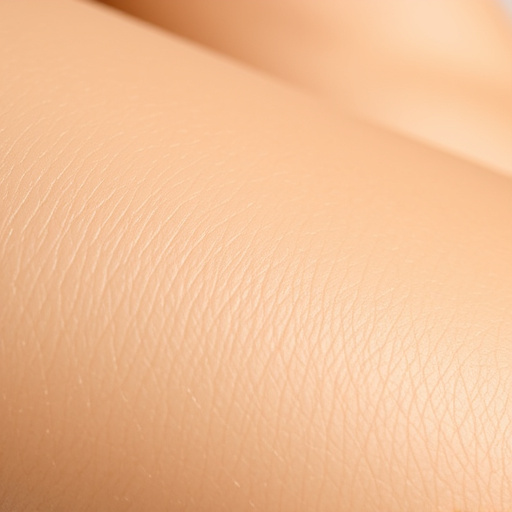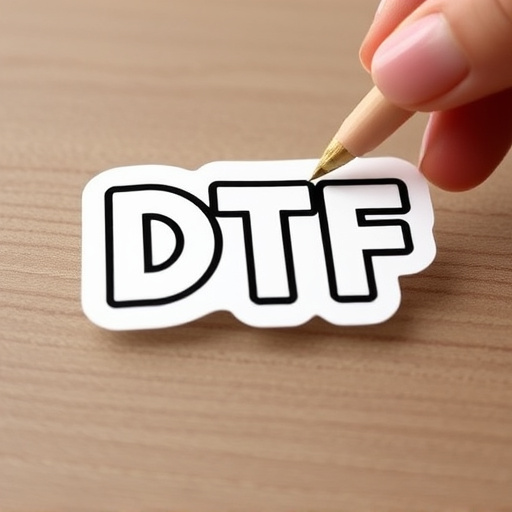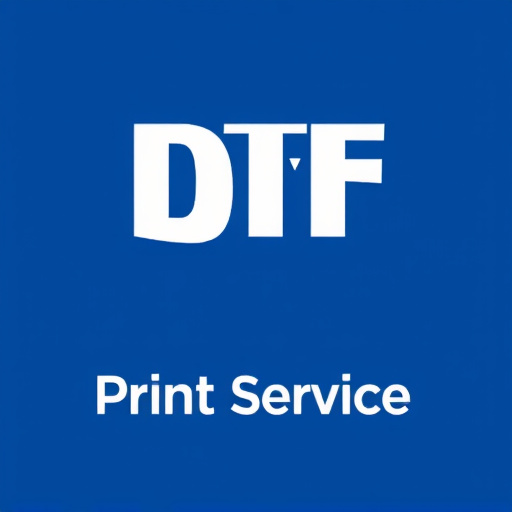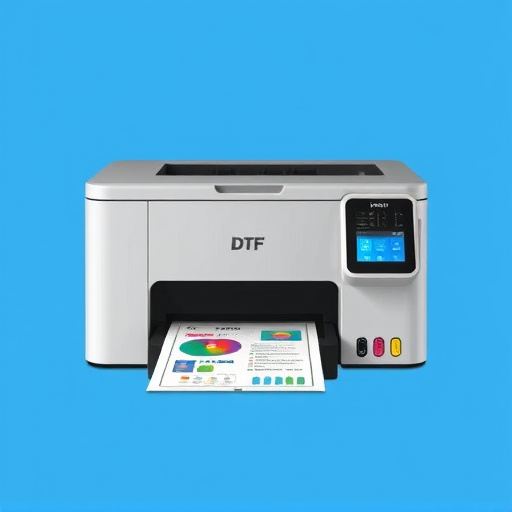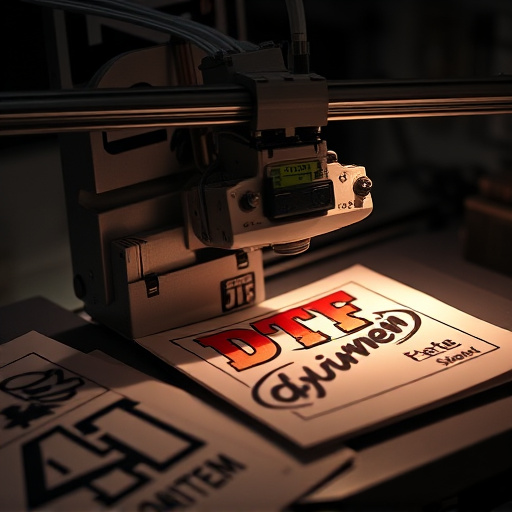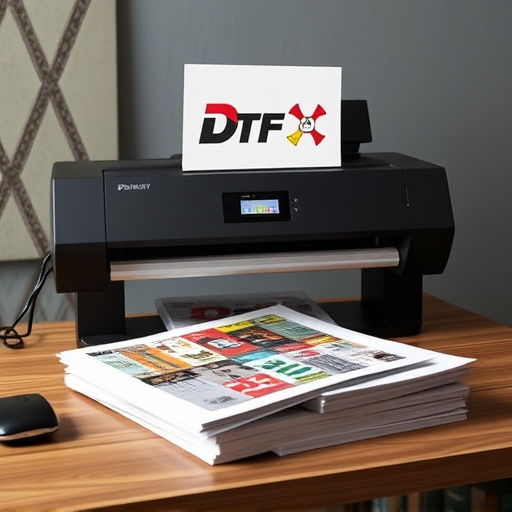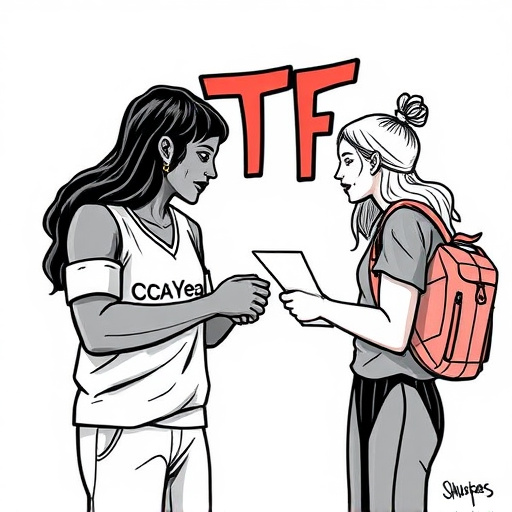DTF Apparel Printing, a modern technique, offers faster production times and design customization by directly transferring prints to fabric via heat and pressure. It ensures vibrant colors and crisp details on light or dark fabrics, with critical factors like fabric composition and porosity impacting print adherence. Mastering ink selection for light and dark fabrics enables precise, versatile results, making DTF Apparel Printing a popular choice for custom apparel creation.
“Unleash your creativity with DTF Apparel Printing, a game-changing technique transforming the fashion industry. This innovative process allows for stunning designs on various fabrics, from light to dark, offering endless possibilities for designers and brands. In this comprehensive guide, we’ll explore the intricacies of DTF printing, from understanding its techniques to selecting the perfect fabric. Learn how to master print quality on contrasting surfaces, ensuring vibrant, long-lasting results.”
- Understanding DTF Apparel Printing Techniques
- Choosing the Right Fabric for Optimal Results
- Mastering Print Quality on Light and Dark Fabrics
Understanding DTF Apparel Printing Techniques
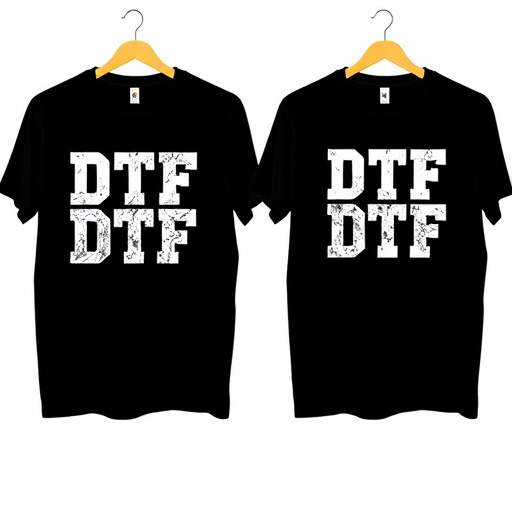
DTF Apparel Printing, short for Direct-to-Film Transfer, is a cutting-edge technique revolutionizing the apparel industry. This method involves transferring printed designs directly onto fabric using heat and pressure, eliminating the need for traditional screen printing methods. By bypassing the intermediate steps of setting up screens and preparing inks, DTF allows for faster turnaround times and more flexibility in design customization.
The process begins with creating a high-quality digital design that is then precisely imaged onto a film. This film acts as a stencil, guiding the transfer of ink onto the fabric during the printing press. Whether applied to light or dark fabrics, DTF transfers offer vibrant colors and crisp details. For those seeking unique, personalized hoodies, direct to film techniques enable the creation of one-of-a-kind pieces with custom designs tailored to individual preferences.
Choosing the Right Fabric for Optimal Results
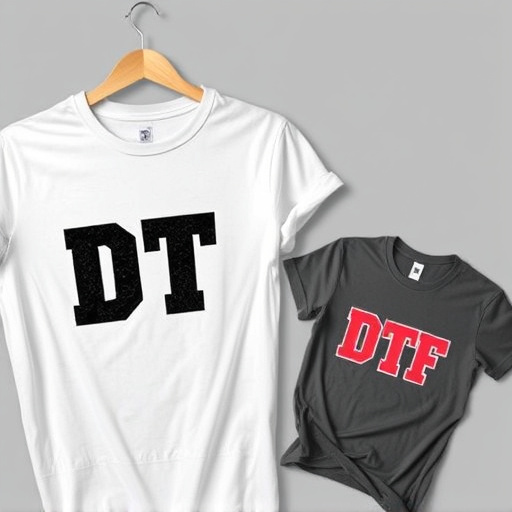
Choosing the right fabric is a crucial step in achieving optimal results with DTF Apparel Printing. The suitability of a fabric depends on its material composition and porosity, as these factors directly impact how well the print adheres. For example, natural fabrics like cotton or linen offer excellent absorption properties, enhancing the vibrancy of prints. On the other hand, synthetic materials such as polyester may require specific types of DTF heat transfer paper to ensure a crisp and long-lasting image.
When selecting a fabric for DTF printing, consider its weight and texture. Lighter fabrics allow for better ink penetration, resulting in more vibrant prints. Heavier fabrics, while providing a sturdier base, might need specialized direct to film printers or specific techniques to prevent smudging or shifting during the transfer process. Understanding these nuances ensures that your DTF Apparel Printing projects turn out flawless and meet the desired aesthetic standards.
Mastering Print Quality on Light and Dark Fabrics
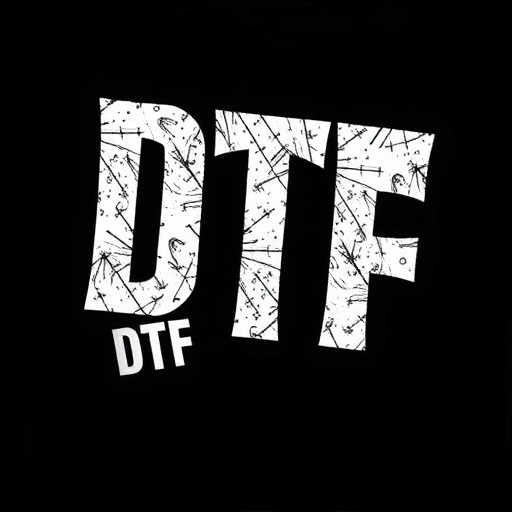
Mastering print quality on both light and dark fabrics is a key advantage of DTF Apparel Printing. This technique allows for precise and vibrant results on various materials, ensuring every design element is showcased to its fullest potential. The process involves selecting the appropriate ink types that offer excellent opacity, especially when printing on darker fabrics. By choosing the right inks and techniques, DTF transfers can produce sharp details and rich colors, making them ideal for a wide range of apparel designs.
For light-colored fabrics, achieving high-quality prints often involves utilizing transparent or white underbase inks to ensure the design stands out clearly. On the other hand, dark fabrics require specific cold peel DTF transfers that offer exceptional adhesion while allowing for easy removal after printing. This precision in ink selection and application is what sets DTF Apparel Printing apart, making it a versatile and sought-after method for creating custom apparel.
DTF apparel printing offers a versatile approach to fabric customization, allowing designers to create stunning visuals on both light and dark fabrics. By understanding the techniques, selecting the right materials, and mastering print quality, creators can elevate their garments to new levels. With optimal results achievable on various fabrics, DTF printing continues to be a game-changer in the apparel industry, enabling folks to express their unique style while embracing cutting-edge technology.




